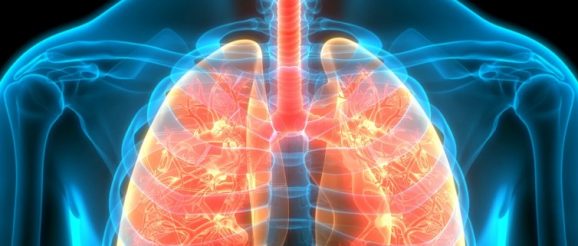Using intense light to protect against acute lung injury as seen in COVID-19 – Innovation Toronto

Intense light can protect against lung damage in mice with implications for treating human disease. It’s also effective against cardiovascular disease
Eckle’s team, which previously demonstrated that light can protect against cardiovascular disease, housed mice under intense rather than ambient light for seven days. This prompted a strong increase in the trough and peak levels of the pulmonary circadian rhythm protein – Period 2 or PER2.
If the protein was deleted in a specific lung cell known as the alveolar type 2 cell, acute lung injury was fatal. If the protein was not deleted, 85% of the mice survived. Alveolar type 2 cells have long been recognized as playing an important role during acute lung injury but have never been linked to the light regulated protein PER2.
The study also showed that intense light therapy reduced lung inflammation or improved the function of the alveolar barrier – the blood-air barrier – in lung infections. Researchers saw the same reaction when using the flavonoid, nobiletin, found in orange peel, which also enhances the amplitude of PER2.
At the same time, the researchers found that intense light stimulated production of the BPIFB1 protein, known to be anti-bacterial and secreted within the mucus membranes of the large airways. They believe this also likely plays a role in protecting the lungs.
Intense light activates proteins shown to protect against lung damage in mice, a discovery that could have major therapeutic implications for treating diseases like acute lung injury in humans, …
Intense light activates proteins shown to protect against lung damage in mice, a discovery that could have major therapeutic implications for treating diseases like acute lung injury in humans, …
